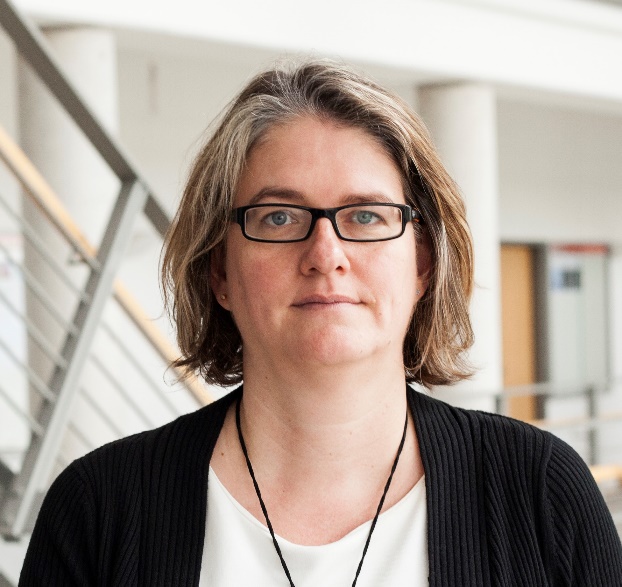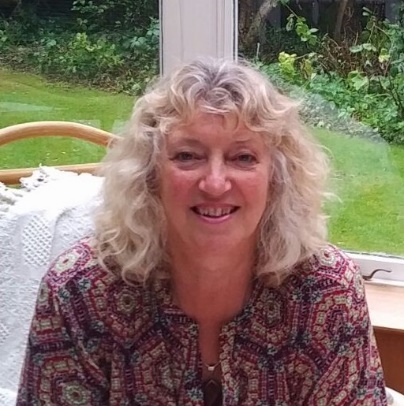ACTIVE SESSION: HANDS-ON PROJECTS FOR TEACHING DoE

Sonja Kuhnt, Professor of Mathematical Statistics at FH Dortmund University of Applied Sciences and Arts, Germany
e-mail: sonja.kuhnt@fh-dortmund.de

Shirley Coleman, Technical Director at NU Solve, School of Maths, Stats and Physics, Newcastle University, UK
e-mail: shirley.coleman@newcastle.ac.uk
About the Session:
Are you interested in case studies and real-world problems for active learning of statistics? Then come and join us in this one-hour interactive session organised by the SIG Statistics in Practice. The session follows on from a similar event in ENBIS 2020.
A famous project for students to apply the acquired knowledge of design of experiments is Box's paper helicopter. Although being quite simple and cheap to build, it covers various aspects of DoE. Beyond this, what other possible DoE projects are realistic in a teaching environment? What are your experiences in using them? Can we think of new ones? There are lots of ideas we could explore, involving more complex scenarios like time series dependents with cross overs, functional data analysis, as well as mixture experiments.
We want to share projects, discuss pitfalls and successes and search our mind for new ideas. Come and join us for this session. You may just listen, enjoy and hopefully contribute to the discussion or even share a project idea.
Biography:
Sonja Kuhnt is a professor of mathematical statistics in the department of computer science at FH Dortmund University of Applied Sciences and Arts. She received her doctoral degree and habilitation in Statistics from TU Dortmund University. Her research interests include the design and analysis of real and computer experiments, categorical data analysis and robust statistics. She serves the statistical community in her function as director of ENBIS and by being an associate editor of CSDA and Statistical Papers.
Shirley Coleman is a Technical Director in the School of Mathematics, Statistics and Physics at Newcastle University. She received her doctoral degree in computer graphics, statistics and morphometry from Newcastle University. Her research interests include the design and analysis of experiments to tackle real challenges and find workable solutions in marine and healthcare sectors, process and manufacturing industry and digital marketing. She serves the statistical community in her function as an Honorary Officer of the Royal Statistical Society, a past president of ENBIS and contributor to academic journals and popular press.
Planned Contributions:
Nadja Bauer (SMF and Dortmund University of Applied Sciences and Arts, Germany) presents a color mixing DoE problem, where the adjustable parameters such as, among others, the proportion and temperature of the incoming colors (cyan, magenta and yellow) influence the color and temperature of the mixture..
Mark Anderson, lead author of the DOE/RSM/Formulation Simplified book trilogy, will demonstrate a fun experiment on bouncing balls that illustrates the magic of multifactor DoE.
Jacqueline Asscher (Kinneret College on the Sea of Galilee and Technion, Israel) shares her water beads DoE project. Water beads are small, cheap balls made from a water-absorbing polymer. They are added to the soil in gardens and planters, as they absorb a large amount of water and release it slowly. This is a simple but not entirely trivial process. It can be investigated using experiments run either at home or in the classroom.
Jonathan Smyth-Renshaw (Jonathan Smyth-Renshaw & Associates Limited, UK) presents a DoE problem with a food manufacturer, where a Plackett and Burman Design experiment is used to understand the impact of 7 factors - 5 ingredients and 2 process settings.
Thejasvi TV (India) presents applications of DoE in dentistry.
